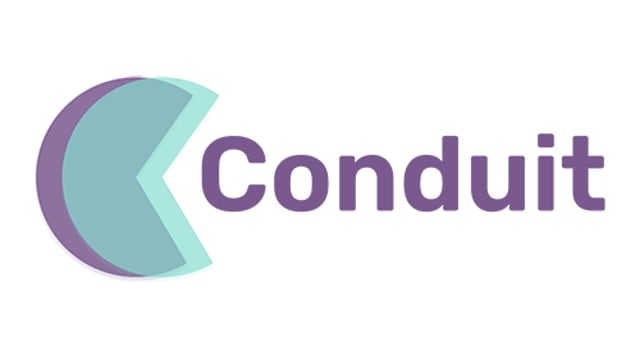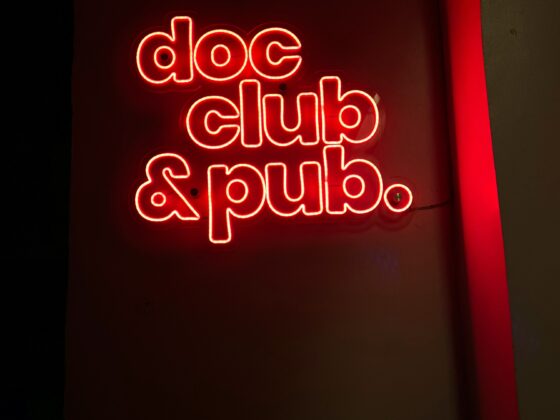
In hospitality, procurement isn’t just about placing orders—it’s about keeping the lights on, the kitchen running, and the guest experience flawless. Yet too often, this critical operation runs in the shadows, weighed down by poor visibility. Teams juggle spreadsheets, email threads, and disconnected systems, constantly reacting to problems instead of steering ahead with confidence. But it doesn’t have to be this way.
When procurement is made clear—when systems connect and data flows—the fog lifts. Hotel teams can finally see what’s coming, what’s working, and what’s at risk. And once you can see clearly, you gain the power to act, not just react after the fact.
The Power of Visibility
Too often hotel groups operate in silos—different platforms, supplier lists, and processes at each property. That leads to inconsistent buying, missed savings, and a general sense of always playing catch-up. When you see a problem for the first time in last month’s financial statement, it’s already too late.
Consolidating purchasing, inventory, recipes, and invoices into one clear and connected view changes the game. When everyone works from the same set of numbers, it’s easier to spot gaps, plan ahead, and make decisions that proactively protect the bottom line. Because when the data is no longer buried in inboxes or trapped in someone’s memory—when it’s made visible—it starts to work for you.
Holding Onto Knowledge, Even When People Leave
Turnover is part of the game in hospitality. But every time someone walks out the door, they take a little knowledge with them—which vendors to trust, which items to avoid, what’s already been tried.
The key is making sure that knowledge lives somewhere reliable, somewhere visible. When supplier relationships, product insights, and past decisions are captured and shared, teams can keep moving without starting over. The best management companies know that even if people change, a good playbook becomes part of the culture, builds continuity, and maintains momentum.
One System, One Language
Scaling operations shouldn’t feel like herding cats. But when every location does things their own way, training gets complicated, reports don’t align, and even the basics become frustrating.
With one system—one shared language—it all gets simpler. You only need one training manual, one source of truth. And instead of noise, you get clarity. Insights begin to stack up, patterns emerge, and decision-making becomes less about gut feel and more about what the data actually says. It’s not about more tools. It’s about fewer distractions. Less chaos. More clarity.
From Gut Feelings to Smart Moves
Procurement isn’t just about buying what’s needed. It’s about unlocking smooth operations, preserving margins, and ensuring the guest experience never skips a beat. But smart moves only happen when the right information shows up at the right moment.
When insights are timely and visible—not buried in last month’s report—teams can make decisions that prevent problems, not just respond to them. Fewer fire drills. Less scrambling. More momentum. That’s the shift: from reacting to driving. From getting by to getting ahead.
Procurement technology isn’t what it used to be. It’s becoming clearer. Smarter. More connected. And for teams willing to lean in, it’s a powerful edge, not just in the back of house, but across the entire operation.
Because once the clouds clear, it’s not just about seeing more—it’s about doing more, too. So the question isn’t whether visibility matters — it’s whether your operation knows how to act on it and control what you can control.







